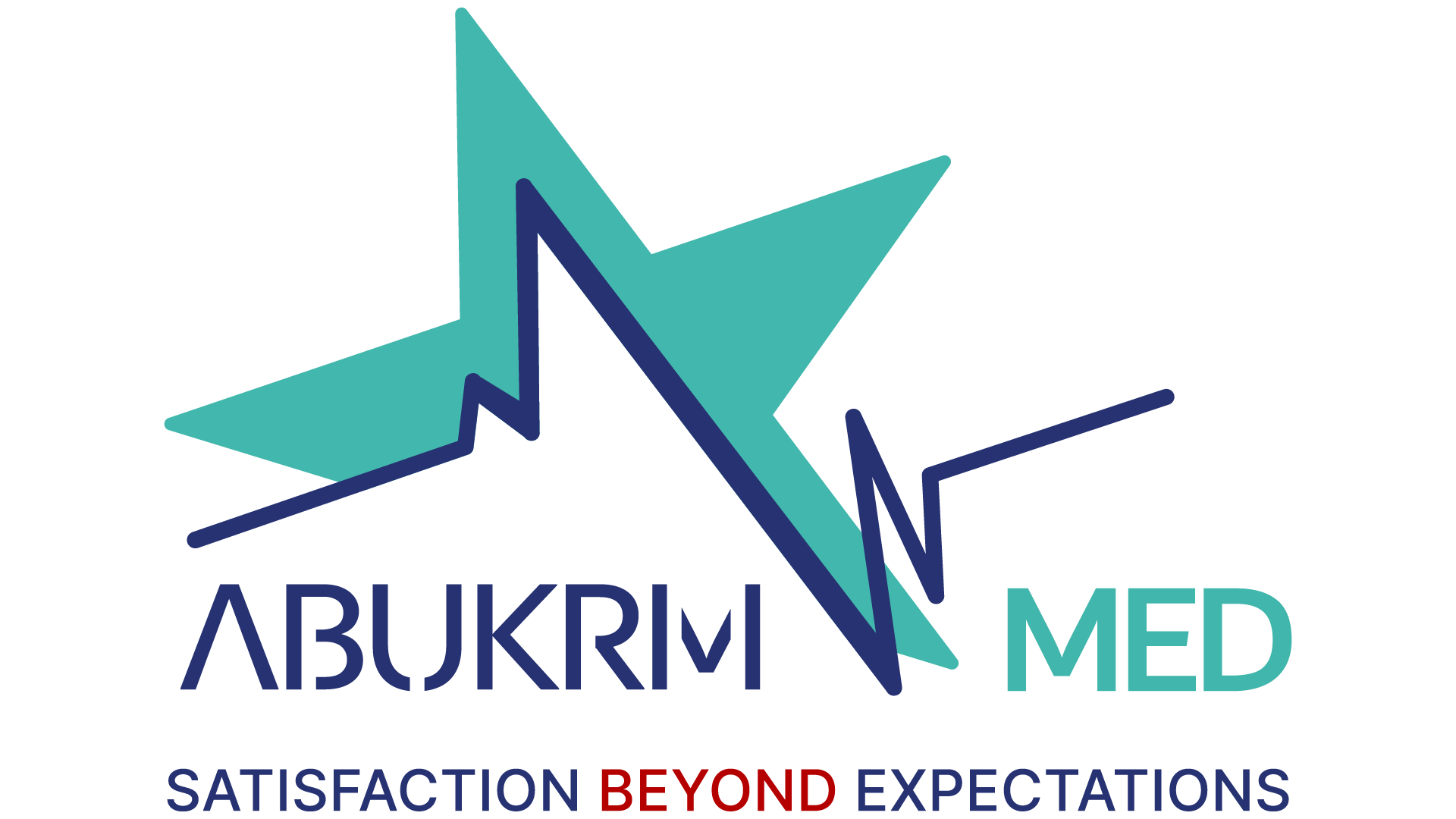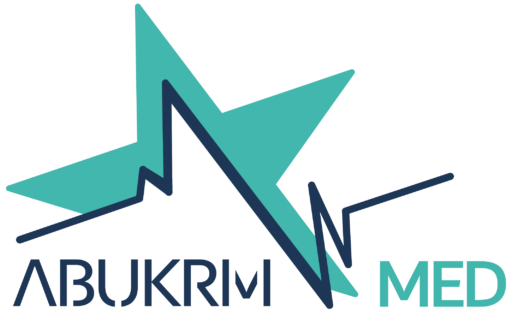- +90 (531)-914-1854
- sales@abukrm-med.com
Informed Choices
Your Patients Deserve the Best: Making Informed Healthcare Choices.
Comprehensive Patient Education:
Develop and distribute educational materials explaining medical conditions, treatment options, and potential outcomes in simple language. Include visual aids and multimedia resources to enhance understanding.
Interactive Workshops and Seminars:
Organize workshops and seminars, either in-person or virtually, where healthcare professionals can interact with patients, answer questions, and provide detailed information about their health conditions and available treatments.
Accessible Online Resources:
Create a user-friendly online platform with reliable information about various health topics. Include articles, videos, and interactive tools to engage patients and empower them with knowledge at their convenience.
Personalized Consultations:
Offer one-on-one consultations with healthcare providers to discuss diagnosis, treatment plans, and potential outcomes. Tailor information to the individual patient’s needs, taking into account their preferences and concerns.
Utilization of Technology:
Implement technological solutions such as mobile apps or patient portals that provide real-time updates on health data, medication reminders, and educational content. Ensure these tools are user-friendly for a diverse patient population.
Transparent Communication: Foster open and transparent communication between healthcare providers and patients. Encourage patients to ask questions and actively participate in discussions about their healthcare. Ensure that medical jargon is explained in understandable terms.
Multidisciplinary Approach:
Adopt a multidisciplinary approach by involving various healthcare professionals in the decision-making process. This could include specialists, nurses, and pharmacists who can contribute their expertise to provide a holistic view of the patient’s healthcare journey.
Informed Consent Practices:
Prioritize informed consent by clearly explaining the risks, benefits, and alternatives of proposed treatments. Provide written materials and encourage patients to seek clarification on any aspects they find unclear.
Continuous Follow-up and Support:
Establish a system for ongoing follow-up and support. Regular check-ins, either in-person or virtually, can help reinforce patient understanding, address concerns, and ensure adherence to treatment plans.
Feedback Mechanism: Implement a feedback mechanism to gather insights from patients about their experiences and the effectiveness of educational materials. Use this feedback to continually improve and tailor information to the evolving needs of the patient population.
Collaboration with Patient Advocacy Groups:
Partner with patient advocacy groups to leverage their resources and insights. These groups can provide valuable perspectives on patient needs and contribute to the development of patient-centered educational materials.
By incorporating these strategies, the medical company can empower patients to make informed healthcare choices, fostering a partnership between healthcare providers and patients for better health outcomes and an enhanced patient experience.


